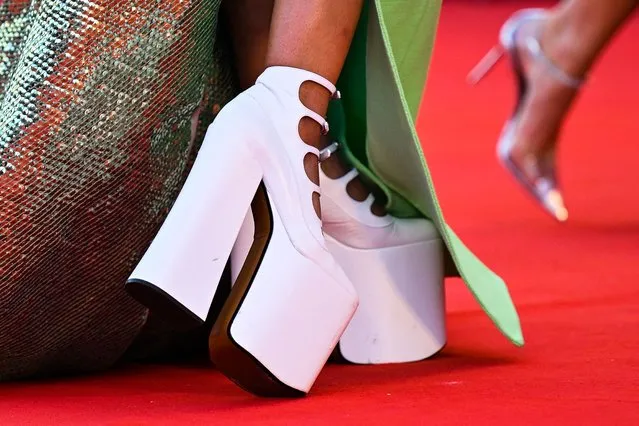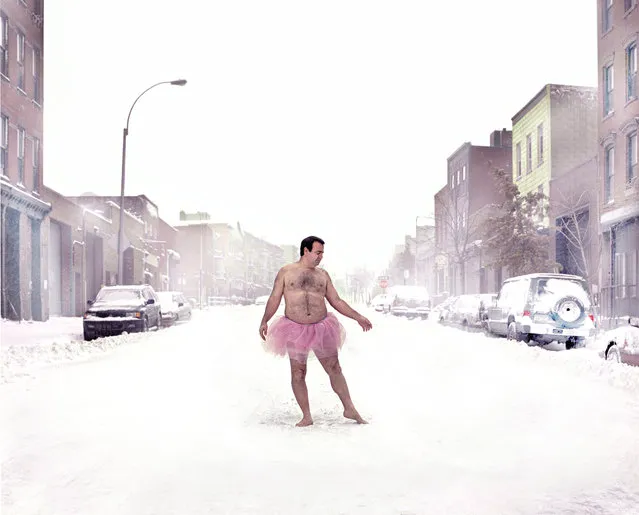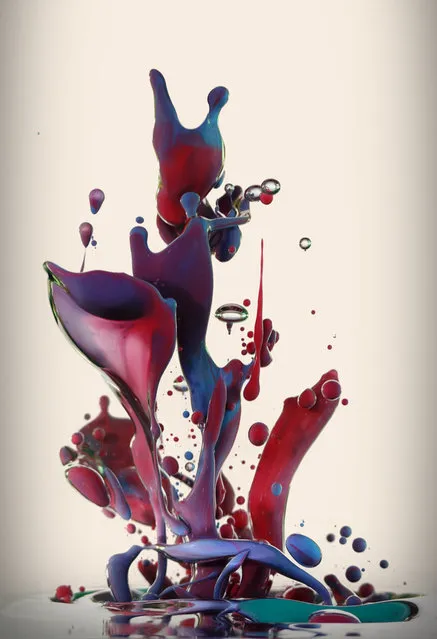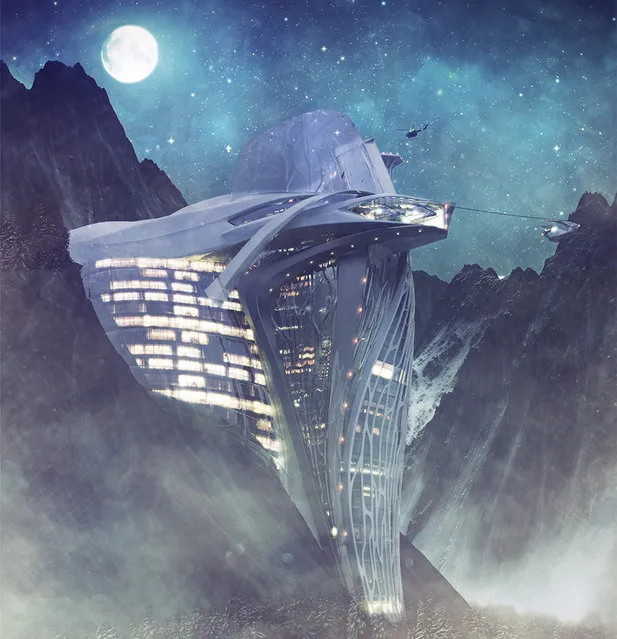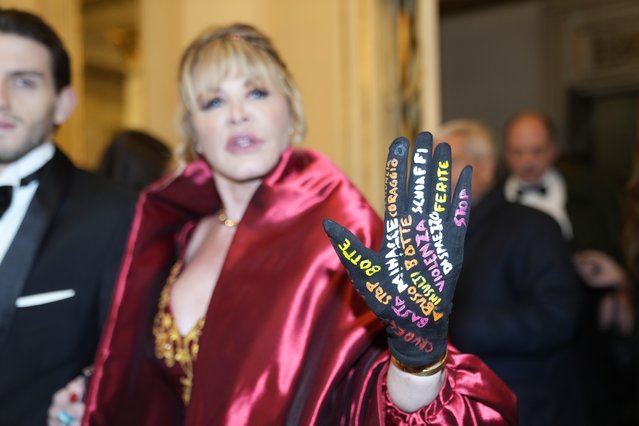
Doctor Dvora Ancona wears a glove bearing writings against violence on women as she arrives to attend La Scala opera house's gala season opener, Giuseppe Verdi's opera “Don Carlo” at the Milan La Scala theater, Italy, Thursday December 7, 2023. The season-opener Thursday, held each year on the Milan feast day St. Ambrose, is considered one of the highlights of the European cultural calendar. (Photo by Luca Bruno/AP Photo)
18 Feb 2025 04:05:00,post received
0 comments

